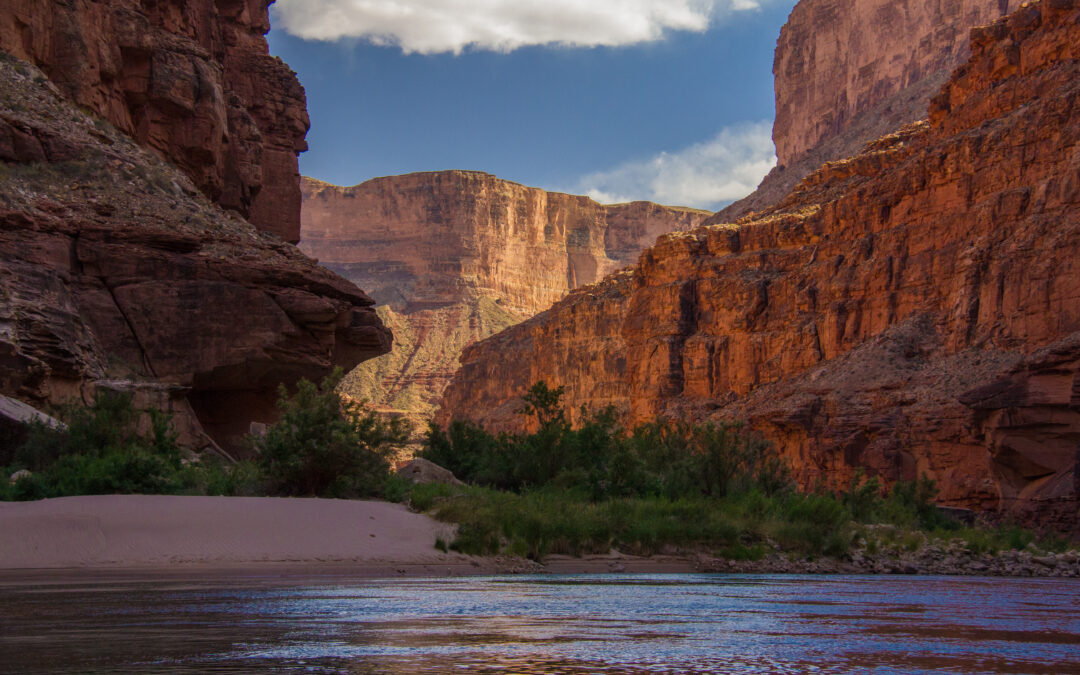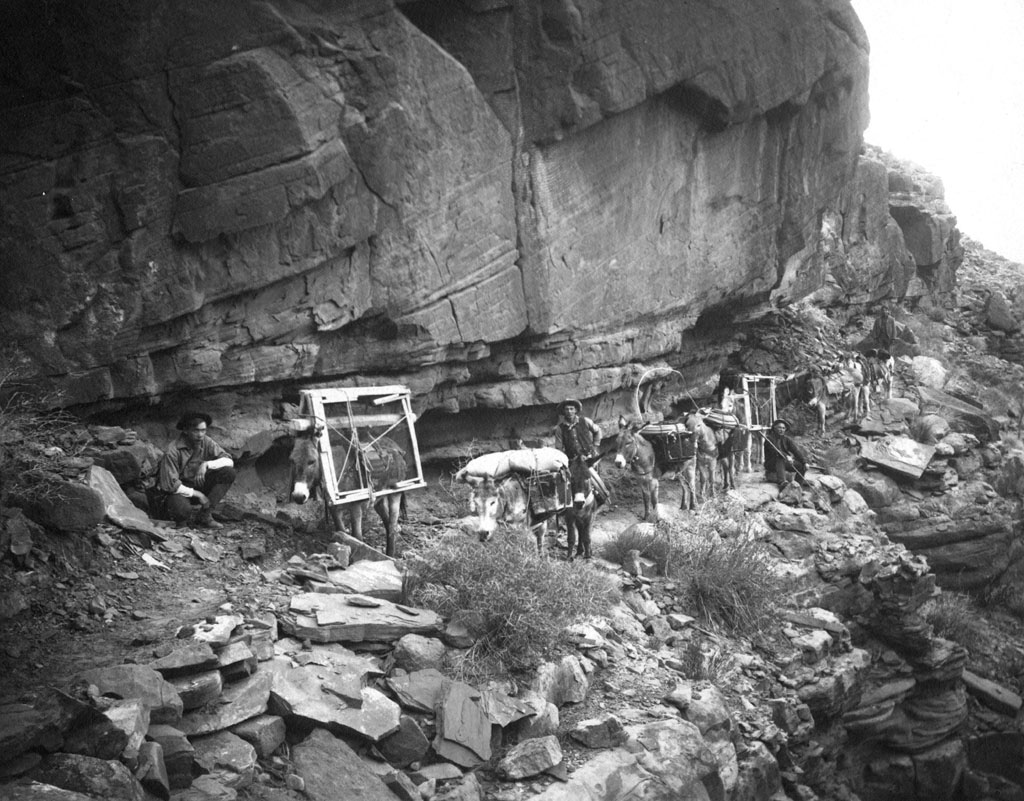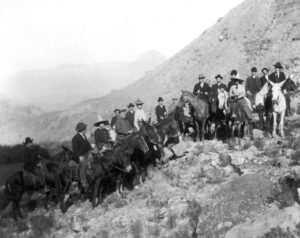Grand Canyon Q&A: A Conversation with 7th Graders This past week, I got a call from our office asking if I’d be willing to...


The Grand Canyon is home to countless trails, each with its own unique story woven into the rugged landscape. Today, we’re diving into the history of one such path: the Bass Trail.
In the late 1800s, a handful of pioneers arrived at the Grand Canyon, driven by the belief that valuable resources could be mined from its cliffs. Among them was William Bass. But unlike many of his contemporaries, Bass saw more than just minerals—he saw potential in tourism, which was beginning to gain traction in the area. He set out to make his mark not only as a miner, but as a trailblazer in Canyon tourism.
 In the 1880s, Bass chose a section of the Canyon where he intended to establish himself. He had heard rumors of a spring nearby and figured that settling near a reliable water source was the smartest move. Finding the spring, however, proved challenging—until a Havasupai man helped guide him to it. With access to water secured, Bass began building his base of operations.
In the 1880s, Bass chose a section of the Canyon where he intended to establish himself. He had heard rumors of a spring nearby and figured that settling near a reliable water source was the smartest move. Finding the spring, however, proved challenging—until a Havasupai man helped guide him to it. With access to water secured, Bass began building his base of operations.
Like many trails in the Grand Canyon, the Bass Trail followed a natural progression: first carved by animals, then used and refined by Native tribes, and later improved by dedicated individuals like Bass. Throughout the 1880s and 1890s, Bass poured his energy into developing and maintaining the trail. He constructed camps for his mule-riding guests, and as his network expanded, he ultimately built more than 50 miles of trail within the Canyon. In the early 1900s, he even engineered a cable car system to carry visitors and their mules across the Colorado River to the trail on the other side.
Today, the South Bass Trail stretches about 7 miles from the rim to the river, descending more than 4,000 feet. Though the cable car ceased operation in the 1920s, remnants of it—including parts of the cable and car—can still be spotted along the riverbank, offering a tangible link to the past. The Bass trail is now maintained by the National Park Service.
You can read more about the trails history here!
If you liked this blog check out our blog on the Bright Angel Trail!
Grand Canyon Q&A: A Conversation with 7th Graders This past week, I got a call from our office asking if I’d be willing to talk to some seventh graders about the Grand Canyon. It was definitely an unusual request for me, but of course I said yes. When I...
Stanton’s Cave: An Archaeological Gem in the Grand Canyon The Grand Canyon is full of archaeological and paleontological wonders, but one site that truly stands out for its unique treasures is Stanton’s Cave. Named after Robert Brewster Stanton, the cave was...
Though mountain lions are rarely seen, their presence and impact within Grand Canyon National Park are deeply felt. As apex predators…